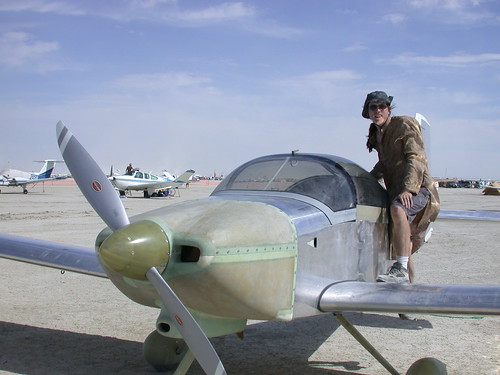No bashing just genuine concern
tadsargent said:
This one subject get's under my skin.
I would build another RV in a heartbeat and yes only a tri-gear. Stop bashing MY Tri-gear RV and get some lessons from someone who makes good landings and this madness will end. Sorry for the length Tad Sargent N130TS, RV7A
Tad I get your point of view and understand you don't want to hear negative things, but I have to agree with aadamson. Just be realistic.
The long spring gear angled FORWARD, like a pole vaulters poll is
"dynamically unstable" (1) if the deflections become too great. Simply if SOMETHING (

) gets it started bending back or to the side, that process tends to continue if the load applied remains. In fact as it bends the load increases, as the deflections increase, thus by definition its unstable, ie as it deflects, no further load is needed to increase the deflection. Look at the pictures.
(1) For this to happen you need lots of load to get it started, something like jammed fairing, soft ground and enough energy to get it deflected to the side and back. There have been "events" that happened which did not result in bent gear or a flip, only fairing damage. The key is keep the nose up till slow, or get it up early on t/o roll. I don't want to scare people.
Any comparison to a Cessna nose gear or tail dragger RV-6/7 is useless after a certain point. In the Cessna case, the geometry and structure are totally differnt. The Grumman and several experimental's have used this design with success. So the design is sound but every design has limitations.
However ALL planes can end up on their back, including a large jet liner. In the case of a tail dragger, well they are designed to flip over

(attempted at humor). I have one and you can put it on its nose in the run-up area standing still if you push the stick forward, so thou without sin.............. However the Trike has to stand on its own 3 feet so to speak. Comparisons to other planes is useless, the RV nose gear is unique.
I agree that its not a panic, it is a limitation and proper pilot technique, maintenance (air pressure/damper) and installation (fairing clearance, new folk), should solve 99% of the problems experienced in the past. BTW if you do bounce, GO AROUND. Also of course and may be most important is airmanship, hold the nose off. One "theory" is heavy empty weights and forward CG's contributes. I think there is something there, but if it is, it's a small contributing factor. The roll the CG played in past flips is unknown.
No bashing my friend just caution, intelligent debate. When this came up a little over a year ago (a perceived trend) things where all over. Now we have much better info and understanding. It is not a bash fest, it is what it is. To ignore it or pretend its as stout as any bush plane is a river in Egypt, The De-Nile.
Just be careful. There may have been bashing and hysteria in the past but everyone has calmed down. A lot of good info has been gleaned from discussions, but agree with you that it's old news. Stuff happens.
One idea to
"improve" the nose gear is add a "structural" leg damper, like some do with the mains. IN FACT add integral gear leg dampers on all 3 corners.
Do you see many RV-8A's flipping? The whole "gear system" would benefit from stout gear leg stiffeners. (Hard wood stringers fiberglassed to the gear legs). May be it would not help but it could not hurt.
George RV-4/RV-7/B757 (big trike)


















